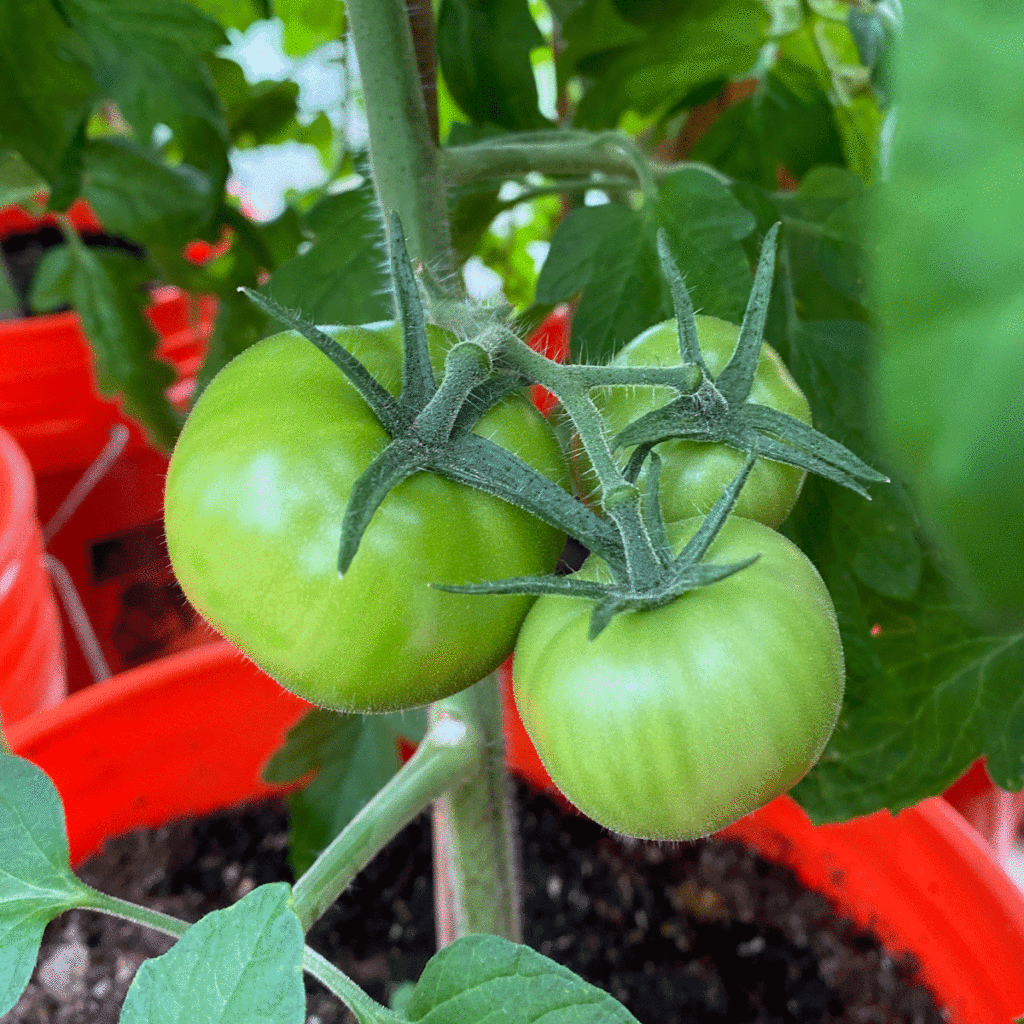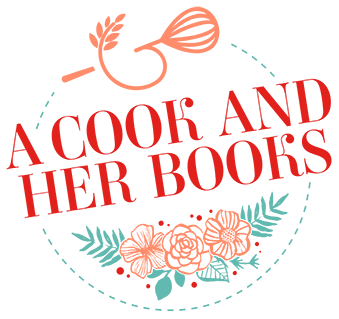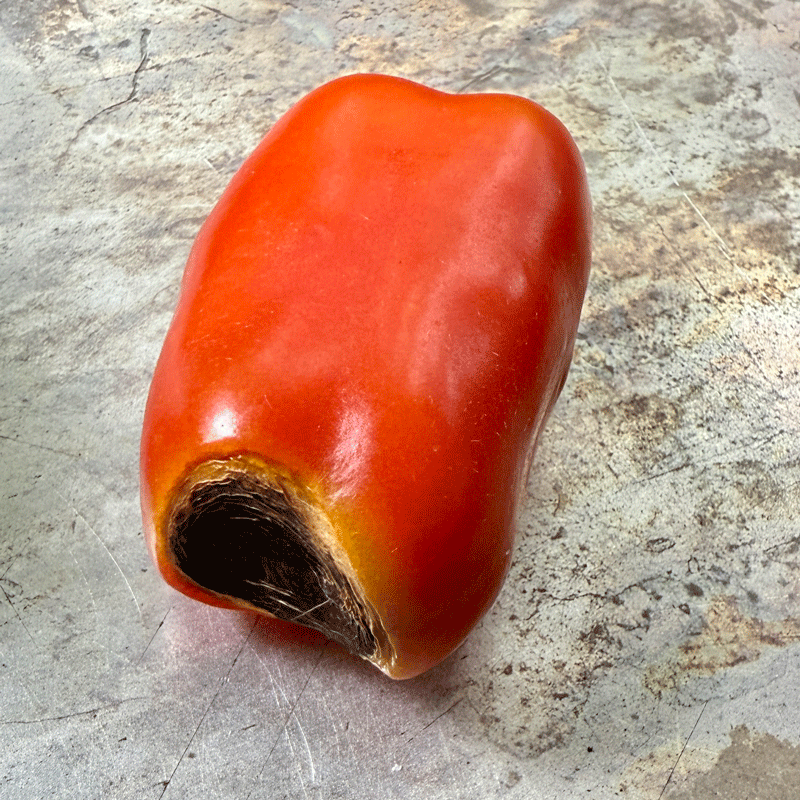Growing tomatoes is one of the great joys of a summer garden, and managing the quirks of the harvest with homespun advice is one of the great pastimes of tomato-growing gardeners.
Take, for instance, blossom end rot in tomatoes. These soft brown or black spots appear at the base of the fruit while it’s forming. How best to avoid blossom end rot (BER) is the point of a tremendous amount of well-meaning gardening advice that quite often involves eggshells. I think of this kind of gardening advice as the over-garden-fence type that used to be shared by neighbors who grew and gardened together. These days, eggshell advice spins out from Facebook and Pinterest, with “gardening experts” claiming that crushed eggshells, and even placing whole eggs in the planting hole in spring is the secret to healthy, BER-free tomatoes. Well, guess what? It’s not.
Do you want to know the truth about blossom end rot? Well, I’m here to help you out.
Blossom end rot is due to to a lack of calcium while fruit forms on the plant. Tomatoes aren’t the only susceptible plants — peppers and eggplants develop BER, too. The line of thinking is that if calcium is lacking in the fruit, perhaps adding calcium in the form of crushed eggshells is the solution. The problem, however, is not in the soil because most soils have sufficient calcium to support growing vegetables. The real problem that leads to blossom end rot is transportation. The plant needs enough moisture in the soil to move the calcium to the fruit as it’s forming.
So, for instance, if your tomato plants form fruit during a late spring heat wave and you’re not able to water your plants, you’re likely to see BER in the resulting fruit. Your soil likely has more than enough calcium, there’s just not enough water to get it to the fruit as it develops. No amount of crushed up eggshells can help.
Blossom End Rot Solutions
To lessen the chances of blossom end rot in your next crop of tomatoes, take these steps:
First, if you have an established garden bed, do a soil test. You can pick these up from your local garden center or your local Cooperative Extension Service. Follow the recommendations for amending your soil. If your soil needs calcium, add the recommended amount of dolomitic lime.
Second, consistently water your newly planted vegetable garden, especially when the weather heats up in late spring. Take it one step further and add drip irrigation. Drip irrigation will make your life much easier and you’ll have a better crop of tomatoes, to boot.
To hold that moisture in the soil and keep the roots cool, add a layer of organic mulch around your vegetable plants.
But what do you do with your eggshells now? You can still compost them. I crumple up eggshells and add them to the compost in my keyhole garden. The calcium slowly breaks down in the soil and benefits the plants.
While lack of consistent water is the main reason for blossom end rot, there are other causes, like an excess of nitrogen. Don’t over-fertilize newly planted vegetables. In fact, a healthy application of organic compost, preferably homemade is likely all the fertilizer your tomato plants need.

More Gardening Stories from A Cook and Her Books
Join the Conversation
Let’s talk about travel, gardening and more on Instagram and Facebook. I’d love to hear from you!



Leave a Comment